Morris Canal
If we reach back, let's say about 177 years, we will find something very exciting happening here in Belleville. It is 1830 and the Morris canal is coming. And, it was going to be routed through Belleville. Folks were beginning to think prosperous thoughts. Five years earlier, the Erie Canal had been completed in New York. It was a commercial success so, naturally, it seemed reasonable to build a canal across New Jersey. The Morris Canal would connect the Delaware and Passaic rivers opening up easy trade routes for enterprising business men who could now ship goods to Philadelphia, Newark, New York or even to the Great Lakes region via the Hudson River and Erie Canal. The canal formed part of a network that would connect Philadelphia to Chicago by a convenient inland waterway and Belleville was on the route.
During an early design stage, it was intended that the canal would end in Belleville. One design had the canal flow into Second River from Bloomfield and then terminate where Second River flows into the Passaic. Belleville would have exploded with commerce ! However, lobbyists from Newark argued that, even though it would make the canal longer and more expensive, their city was the logical terminus. Of course, we know who won the argument. Perhaps it was best, we would have become a major port city if the canal had ended here.
It would be the Soho and Silver Lake sections of town which would benefit most. During construction, labor would be needed to help build it and when complete, labor would be needed to maintain it, handle the mules that pulled the canal barges and to load the barges carrying local goods to market. The canal would enter Belleville from Bloomfield. It would flow alongside the Second River where Montgomery Street in Bloomfield is today, intersect Harrison Street in Belleville, briefly flow alongside Mill Street, then head south toward Silver Lake. The closest point to the lake was where Franklin Avenue intersects Franklin Street. Then it would make its way to Branch Brook Park and through Newark to its final destination, the Passaic River near Newark Bay. Aqueducts would be needed to carry the canal over top of both the Second River and the river flowing from Silver Lake to Second River, both of which were intersected by the route of the canal.
The canal was completed in 1830 and was fully open to traffic by 1832. For the next 60 years, the canal was a great economic lift for the town. Coal came in from the mines in Pennsylvania to power factories that, for the first time, did not have to be located directly on Second River for power. Outgoing were the products of the factories, mills and farms. Ice was harvested from Silver Lake and shipped to Newark and New York. By the 1870's almost every city residence had an "ice box" for food storage. The market was lucrative. Belleville, already economically successful, was now growing even faster.
The canal served other than commercial purposes. What a grand place for ice skating in winter when the waterway was frozen. Summer would find youngsters rafting along the canal or adults rowing canoes on Sundays when there was no barge traffic. The mule paths made great bridal paths for horseback riding or trails for bicycling. A short walk to Berkley Avenue in Bloomfield would reward the hiker with an opportunity to watch the workings of Lock 15E, located there, where the barges were raised or lowered.
Nothing lasts forever. By the 1890's, railroads were replacing the canal for shipping. It took five days to travel from Phillipsburg on the Delaware to Newark via the canal. A steam locomotive could do it in eight hours. It no longer made economic sense to use the canal. By the beginning of the twentieth century the canal had been abandoned by commerce. In 1924 the canal was "officially" abandoned by the State and could be filled-in as local communities might require. It's a pity that the State lacked the foresight to continue to maintain the canal as a recreational facility. If they had, we would still be enjoying it today.
There has never been a shortage of heroes in Belleville when the need arises, even on the spur of the moment. On a delightful first day of Summer in 1907, two young ladies, Josephine Schneider and Lillian Hock, both 15 years old, were passing a leisurely afternoon by sailing toy boats on the canal. Dare-devils that they were, they urged each other to wade across the canal. Step-by-step, down the gradual slope they ventured. Well, we've all heard about sliding down a slippery slope. Before they knew it, the girls were in over their heads, flailing about and screaming for help. A Soho resident, William Hearne, who had been walking along the canal, heard their cries, quickly dove into the canal and rescued Josephine. At the same time, Edward Sibley, himself a young lad of just 13, who had been swimming in the canal nearby, rushed to the scene. The Sibley lad was attempting to rescue Lillian, but the terrified lass sank them both to the bottom with her struggles. She had an iron grip around his neck making his efforts doubly difficult. With perseverance, the lad managed to drag her to shore; a job well done. The two very wet and trembling girls were able to go home. We never learn, though, if the girls ever went playing by the canal again.
* * *
It's time for Christmas shopping! Don't forget to buy a copy of "A Dutch Christmas in Old Second River 1697" at our bookstore. It makes a really nice gift.
* * *
Can't get enough of Belleville's long and colorful history? Visit Mr. Anthony Buccino's site "Old Belleville".
NJP
Labels: Bellevlle NJ




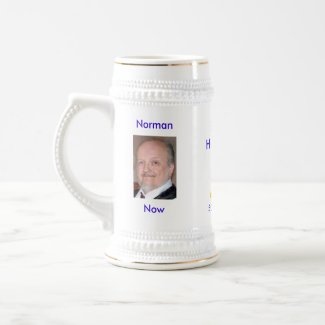

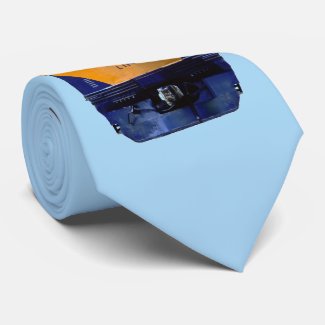
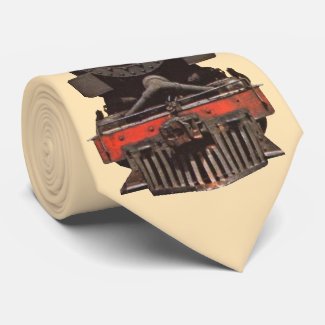
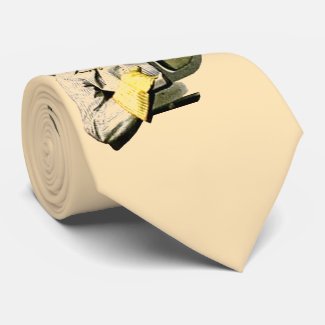







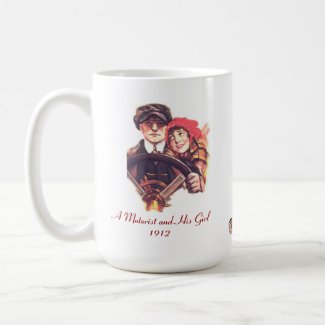


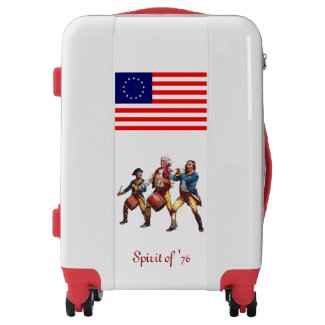

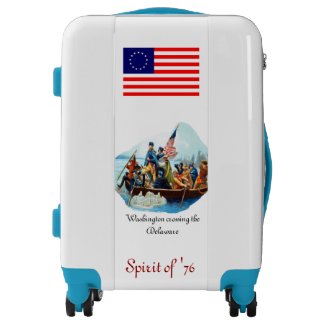
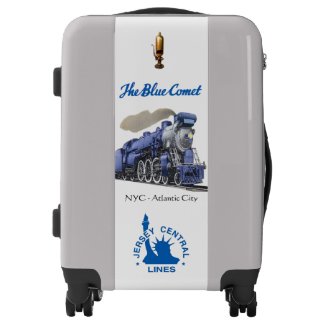
<< Home